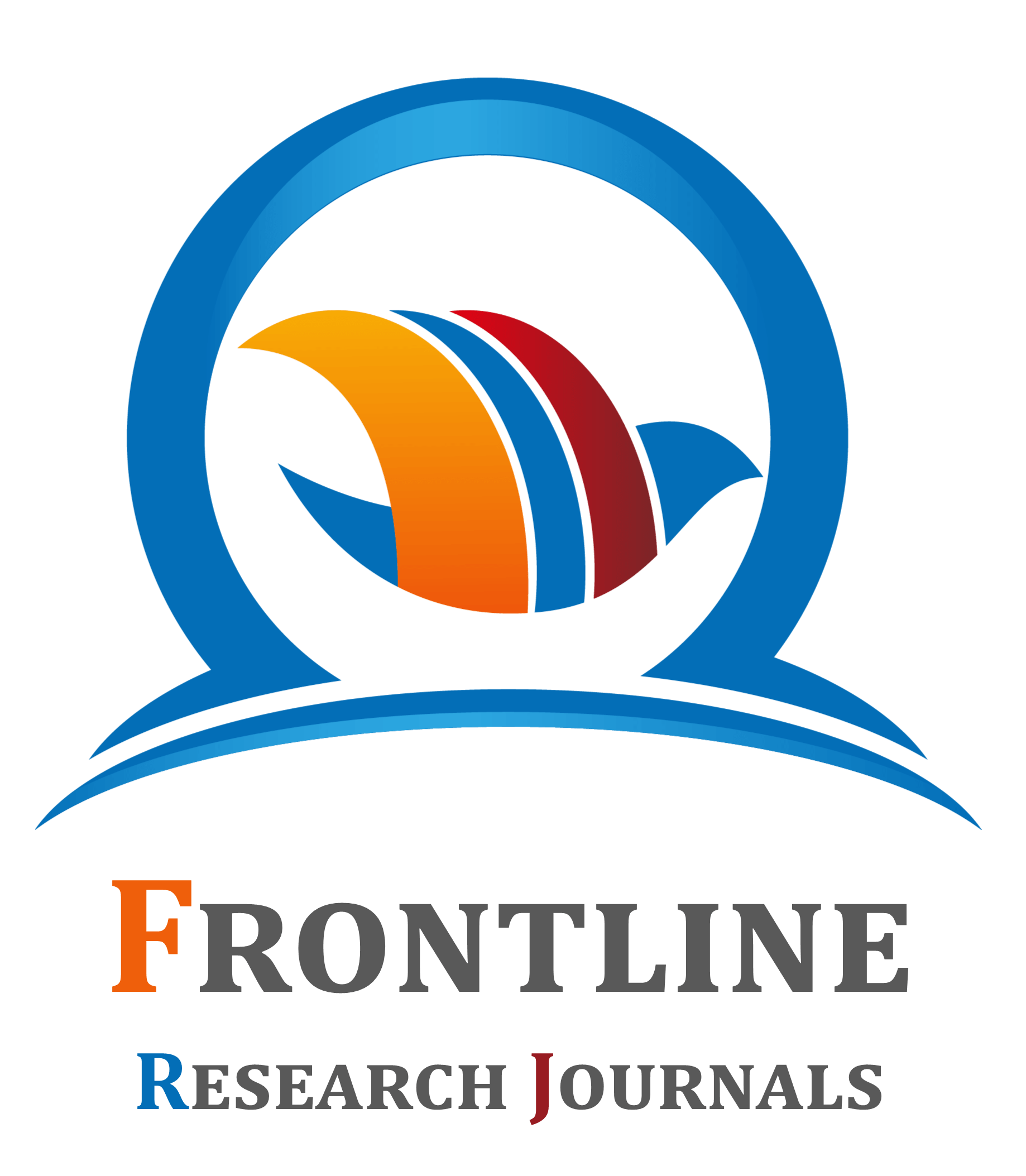Climate change risks and way-forward for Bangladesh livestock sector
1 Renewable Cogen Globe - Energy Environment and Climate Change (RCG-EECC), India.
2 Independent Consultant (Livestock and Agriculture), Bangladesh.
Review
International Journal of Frontline Research in Pharma and Bio Sciences, 2024, 03(02), 001–008.
Article DOI: 10.56355/ijfrpbs.2024.3.2.0012
Publication history:
Received on 12 January 2023; revised on 22 June 2023; accepted on 25 June 2023
Abstract:
The livestock sector in Bangladesh is the backbone of the rural economies in the country as 70% of the farmers depend on it for their livelihoods. It shares around 1.9% of the total gross domestic product (GDP) growing at 3.1%. The livestock population in the country increased from 349 million in 2012-13 to 432 million in 2021-22, i.e., around 24% increase. However, the livestock sector continues to face severe risks due to extreme climatic events such as floods, droughts, tropical cyclones, saltwater intrusion, and sea level rise. To address these risks, the Government of Bangladesh (GoB) along with international institutions, is planning to invest in various initiatives. Since no direct studies were conducted on impact of climate change on livestock health and associated diseases in Bangladesh, a review to explore the linkage between climate change and livestock health is investigated in this article. A few suggestions to combat the impact on the livestock sector are also discussed from the country’s perspective. In addition, waste sources from the dairy value chains affecting the environment are identified and listed. Effective waste management strategies for various venues are also discussed in detail. Significant interventions are envisaged to facilitate promoting livestock-related enterprises, smallholder farmers and other stakeholders to progress towards a climate-smart livestock sector.
Keywords:
Bangladesh Livestock sector; Climate-smart interventions; Anaerobic digestion; Slaughterhouse; Dairy value chain; Climate change impact; GHG mitigation and adaptation
Full text article in PDF:
Copyright information:
Copyright © 2024 Author(s) retain the copyright of this article. This article is published under the terms of the Creative Commons Attribution Liscense 4.0
